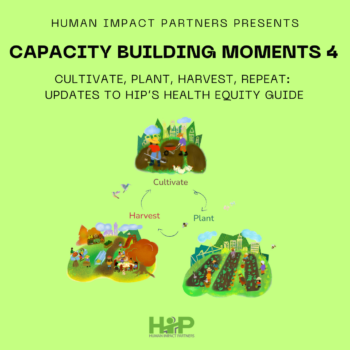| By Holly Avey |
Several months ago I attended an entertainment event called The Body Political. The show was described by the organizers in the following way:
The Body Political is a subversive artistic space created to explore personal stories about our bodies told through performance art. This show is a conversation. A conversation about our assumptions of what the body is and isn’t capable of and why. A conversation about the ways our bodies are controlled, denied, and marginalized through social and political institutions. A conversation about how social control of the body is used to assert authority and maintain existing systems of power.
Yet beyond a dialogue, this show is a space of resistance. We honor and listen to the diverse voices of our community, hearing stories of acceptance and self-love. It is within these stories, and the courage of their storytellers, that we resist, we disrupt, and we reclaim. This is place for us. Our Bodies, Our Rules, Our Stories.
I was incredibly moved as an audience member at this show. The performances explored topics such as:
- Black Lives Matter,
- assumptions about lack of safety ascribed to dark-skinned black men,
- intersectionality pressures for African American women to please others,
- body image and emotional implications of breast cancer, and
- light-hearted approaches to challenging gender conformity.
The performers addressed very important topics in a way that went straight to the emotional experience. It resonated with me so much that I can still recall details from many of those performances, several months later.
What does this have to do with our work at HIP? This event addressed many of the same underlying topics that we address in our work, and yet our two worlds of the arts and research are not intersecting. The arts event was billed as socially and politically-informed entertainment, but provided no additional context on research or specific political calls to action, and the research world that HIP works in provides no artistic exploration of our topics of interest, to enhance connection on an emotional level. The audiences might not have much overlap. But it might be a good idea if they did.
There are a few research methods that incorporate the arts, and vice versa. PhotoVoice and VideoVoice engage community members in using photography and videography as research tools to represent their own lived experiences to policymakers. The Dance Your PhD competition sponsored by Science Magazine uses dance as an artistic medium to explain PhD research topics. But these methods are not commonly used by researchers, community advocates, or artists.
As I’ve mentioned in a previous blog, research shows that policymakers are often swayed by a compelling narrative that offers an emotional hook and intuitive appeal. This can provide the context for further data they might use to justify a new or different policy. In February 2016, this connection was made clear by President Obama when he spoke on the Ellen DeGeneres Show. Ellen thanked President Obama for the policy changes that have happened during his presidency to support the LGBT community. President Obama responded that the changes were only possible after her work in television had helped to change the hearts and minds of Americans.
The importance of this should not be underestimated. We all have different ways of making sense of the world we live in. Presenting experiences in a way that speaks directly to the human experience, as the arts are intended to do, can help people bypass previously formed judgments in a way that research data never will. But research data and ongoing advocacy efforts are often needed to achieve policy change in a way that the arts are unlikely to be able to sustain and achieve by themselves. We are truly more powerful together.
—
To learn more about the inspiration for this post, visit The Body Political (link includes images with some nudity).




